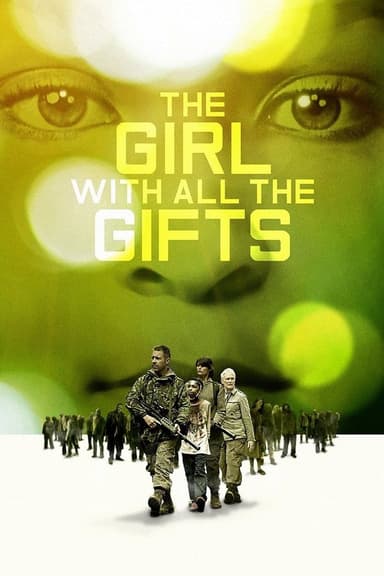
Hannibal Rising
2007 • Crime, Horror, Thriller • R
The story of the early, murderous roots of the cannibalistic killer, Hannibal Lecter – from his hard-scrabble Lithuanian childhood, where he witnesses the repulsive lengths to which hungry soldiers will go to satiate themselves, through his sojourn in France, where as a medical student he hones his appetite for the kill.
Runtime: 2h 1m
Why you should read the novel
Reading Hannibal Rising by Thomas Harris provides a far deeper dive into the mind and motivations of Hannibal Lecter than the film ever could. The novel unpacks Hannibal’s tormented childhood, vividly exploring the roots of his transformation with an intimacy that only literature can achieve. The prose invites readers directly into Lecter’s psyche, giving context and nuance to a character often seen only as a predator in visual adaptations.
The complexity of relationships—between Hannibal and his beloved sister Mischa, his uncle, and Lady Murasaki—is rendered with exquisite detail in the book. These descriptions add layers of emotional intensity, making Lecter’s descent all the more haunting. The reader experiences each memory, each tragedy, and every subtle influence that shapes his monstrous future.
For those who crave psychological suspense, Harris crafts an atmosphere dripping with dread and historical violence, all while maintaining an elegant narrative style. The book allows for reflection, interpretation, and a far richer understanding of Lecter’s origins, making it essential reading for anyone fascinated by one of fiction’s greatest antiheroes.
Adaptation differences
One of the most significant differences between the book and the film adaptation lies in the portrayal of Hannibal’s internal world. The novel delves deeply into his thoughts, memories, and psychological state, allowing readers to understand the complexity of his trauma and motivations. In contrast, the film, constrained by time and visual storytelling, relies heavily on external events and action sequences, minimizing introspection.
Character development is also treated very differently between the two. Lady Murasaki, an important nurturing and moral influence in the novel, is given far less depth and screen time in the film. Her relationship with Hannibal, including their nuanced emotional connection and philosophical conversations, is largely glossed over, reducing her to a plot device rather than a fully realized character.
The book spends significant time exploring the historical context of World War II’s aftermath and its psychological impact on those who survived. In the film, much of this context is simplified or omitted for pacing, which results in a story that feels less grounded and less resonant. As a result, the cultural and personal underpinnings of Hannibal’s transformation are much stronger in the literary version.
Some key plot elements and scenes differ or are omitted entirely in the adaptation. For example, the novel details Hannibal’s time in medical school and his first steps into violence with chilling precision. The film streamlines these and adds some dramatic confrontations not present in the original narrative, altering the tone and sometimes the motives of certain characters—making the story more action-oriented and less a meditation on evil’s genesis.
Hannibal Rising inspired from
Hannibal Rising
by Thomas Harris















